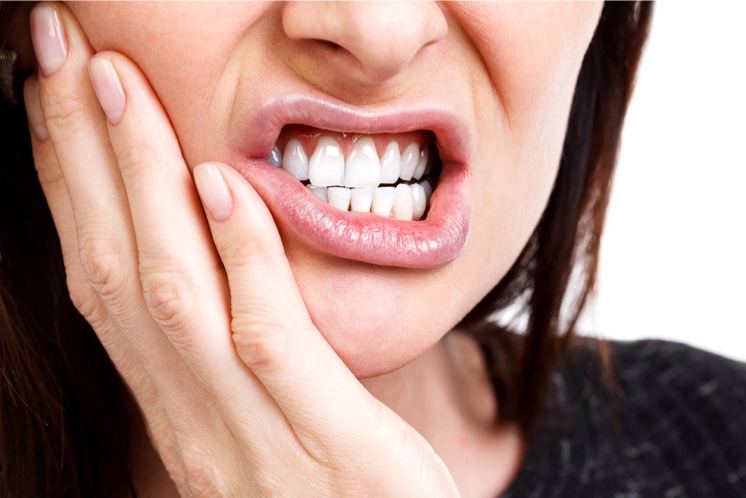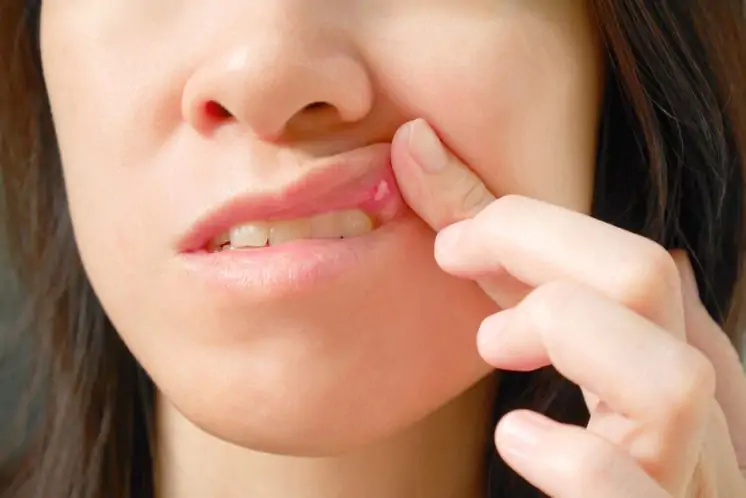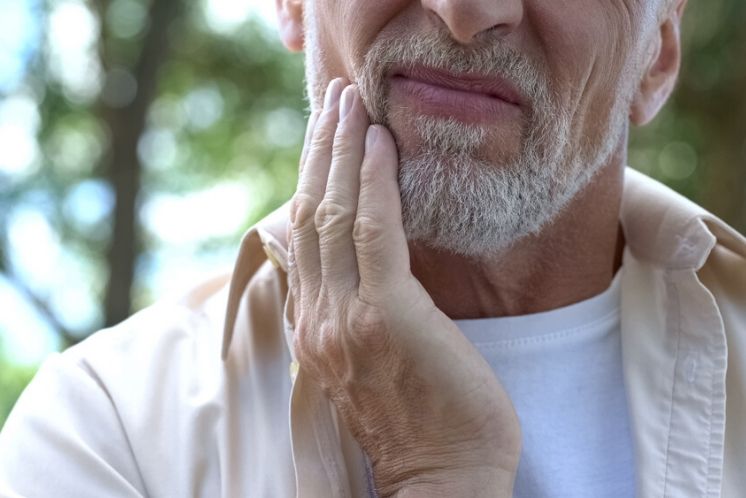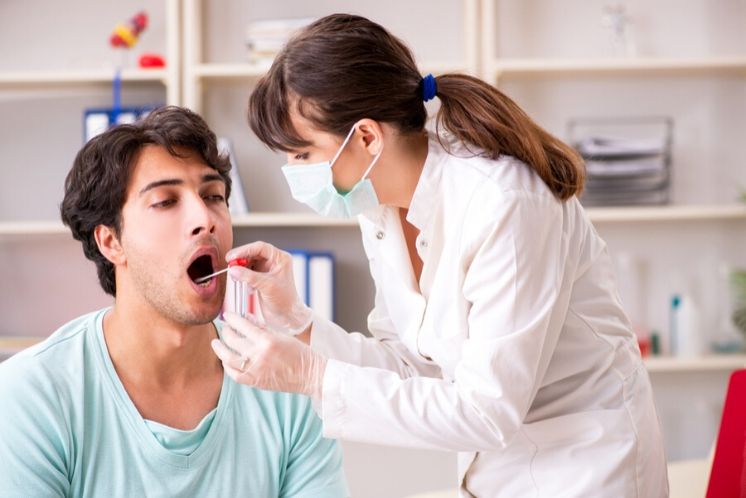Do you know how long the local anaesthetic lasts?
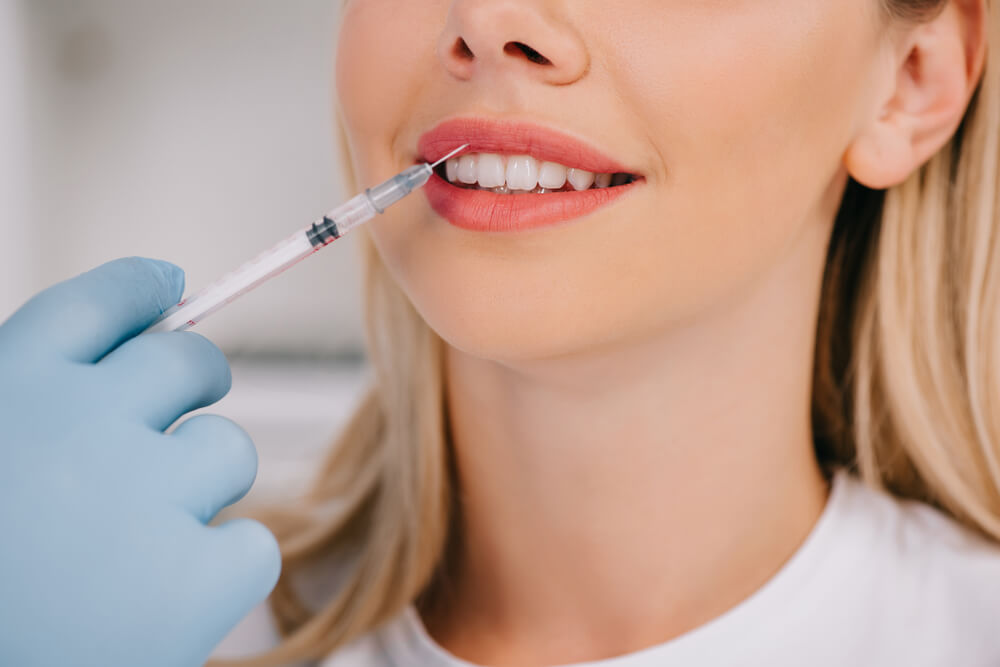
On many occasions, your dentist numbs the area or tooth that needs treating, and to do so they inject a local anaesthetic Lidocaine is the most common anaesthetic in odontology, which has the least probabilities of causing allergic reactions.
Liquid that is injected, aside from containing anaesthetic, also normally contains a medication known as a vasoconstrictor, which causes the blood vessels to narrow and obtain a numb sensation for longer. It also contains sodium hydroxide, a chemical that prevents the vasoconstrictor from decomposing and helps the anaesthetic to work; and sodium chloride, which helps the medication to enter the bloodstream.
Type of injections
There are two types of injections to numb the mouth. A block injection, which numbs a complete area of the mouth, such as one side of the lower jaw, and an infiltrative injection, which numbs a smaller area, the area close to the place in which the injection is administered.
As with most local anaesthetics, the anaesthetised area or tooth is numbed for 2-3 hours, while the lips and tongue may be numbed for 3-5 hours. As the blood flow drags the anaesthetic from the place of the injection to be metabolised or degraded, the numb sensation gradually weakens.
Can I eat after the anaesthetic?
After leaving the dental clinic, it may be difficult to talk, eat or drink correctly.
It is important to be careful with the numbed area, since you can bite the area by mistake, and although it will not hurt at the time, it will cause an injury which, once the anaesthetic has worn off, will cause discomfort.
After visiting the dentist, and depending on the procedure in question, the local anaesthetic and, above all, the recommendations of the professional, once the numb sensation has passed, it is recommendable to recover with a series of foods that aid said recovery.
Cream soups and soup
Provide that they are lukewarm and never too hot after a dental procedure. The liquid texture of these foods means that we do not have to chew with our teeth and we will also consume vitamins in the cream soups and vegetable purées, thereby favouring our organism.
Jelly
This food is easy to swallow since it does not need to be chewed much; hence, it is ideal when recovering from a procedure.
Ice cream
Ice cream is a good option since the cold is a natural vasoconstrictor; this means that the pain diminishes through its anaesthetic effect , together with the amount of bleeding. It is always better to consume ice cream made from fruit, low in sugar and/or ice lollies with a high-water content.
Milk shakes
Provided that they are made from fruit and cereals , and if they are home-made, even better. We therefore consume proteins, vitamins and minerals with a liquid texture, which favours their consumption.
Side effects of the anaesthetic
The local anaesthetic in odontology is usually a safe procedure and products such as lidocaine, as we have already indicated, do not usually generate allergies or adverse reactions. However, although it is certain that its side effects are usually very scarce, the following may occur:
- Haematoma: May occur in the mouth if, when the dentist injects the anaesthetic with the needle, they inject it in a blood vessel. It is a swelling that is full of blood.
- Increased heart rate: Once injected, the local anaesthetic can sometimes increase heart rate for a few minutes. This is due to the vasoconstrictor drug present in this medication. If you notice heart acceleration, notify your dentist as soon as possible.
- Nerve damage: This is a very rare occurrence during a local injection but, if the needle reaches a nerve, it may cause pain and numbness for a few days or weeks.
- Inability to blink: The local anaesthetic may cause a momentary inability to blink either eye. This slight consequence will disappear little by little after the body eliminates the anaesthetic. If during the procedure, you notice this effect, inform your dentist so that they can shut your eyes and avoid dryness thereto.
If during the procedure involving local anaesthetic or afterwards, you notice any of these side effects, notify your dentist so that they can perform an assessment and indicate any procedure to be followed to dissipate these side effects as soon as possible.



